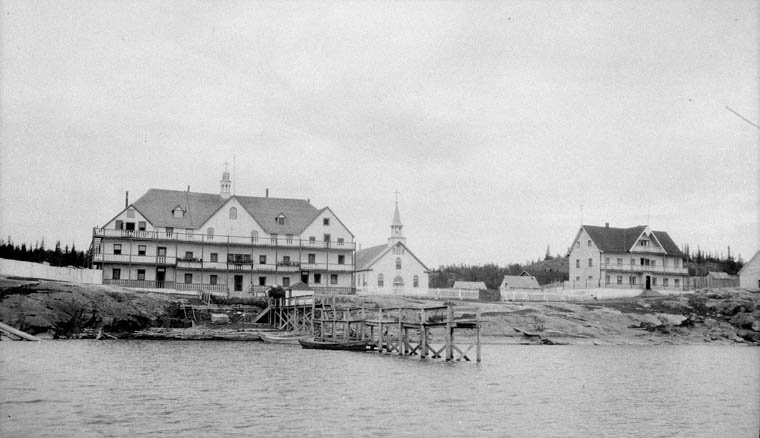Article
Treaty of Paris 1763
The Treaty of Paris was signed on 10 February 1763 and ended the Seven Years’ War between France, Britain and Spain. It marked the end of the war in North America and created the basis for the modern country of Canada. France formally ceded New France to the British, and largely withdrew from the continent.










